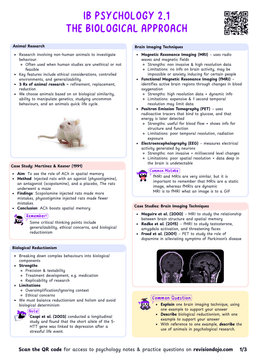A Look into Obesity
- Obesity is a condition that entails an excess of body fat.
- It has a lot of negative consequences such as blood pressure issues, heart issues, and diabetes.
- Obesity is measured through the body mass index (BMI) whose formula is weight (kilograms) divided by the square of one's height (metres).
A BMI of 30 is usually the threshold for obesity.
Note- Obesity is mainly due to biological and environmental factors.
- It can also be social, cultural, and economic.

Prevalence of a Health Problem
- We can measure the prevalence in a certain population by seeing the % of people that have a BMI over 30
- We can also compare prevalence rates across populations to infer causal factors.
If a wealthier nation has a much higher prevalence of BMI than a less wealthy nation, we may infer that wealth is linked to obesity.
Case studyMarques-Vidal et al. (2010)
Aim
To investigate the link between education and obesity among a Swiss population.
Method
- The researchers conducted 4 cross-sectional health surveys in 1992, 1997, 2002, and 2007.
- Participants were categorized by age, gender, BMI, and education level.
Results
- The mean BMI increased over time.
- The mean BMI was higher among lower education levels, especially among women.
Critical Thinking
- To what extent is the above study correlation rather than causation?
- Education levels may change with age groups (e.g. a highly educated 60 year old may not be the same as a highly educated 20 year old)


